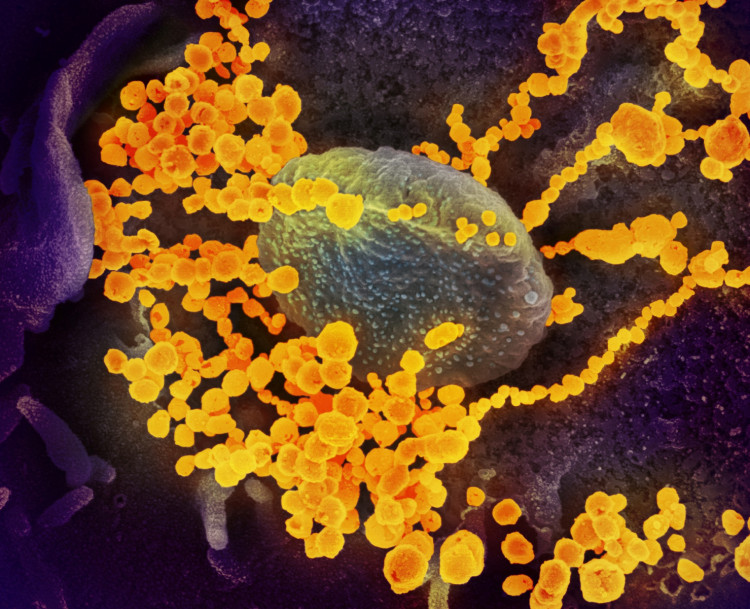The "next six to 12 weeks are going to be the darkest of the entire pandemic," the Center for Infectious Disease Research and Policy at the University of Minnesota says.
Its directors Dr. Michael Osterholm says vaccines won't be available "in any meaningful way" until the third quarter of 2021. And even with these half only of the U.S. population says they want to be inoculated.
Osterholm predicted that between now and the end of the year the U.S. will see "much, much" larger infections.
"Friday, we had 70,000 cases, matching the largest number we had seen back during the really serious peak in July," he said recently. "That number, we're going to blow right through that. And between now and the holidays, we will see numbers much, much larger than even the 67,000 to 75,000 cases."
The U.S. saw 70,450 confirmed cases Oct. 16 - the highest single-day national case numbers since late July. All new cases fell to 52,774 Saturday and 47,602 Sunday. The lower numbers, however, still mean the U.S. is averaging more than 40,000 cases daily.
As of early Monday afternoon, the U.S. reported 8.1 million total cases since the pandemic began in January, as well as 219,000 deaths.
Health experts affirm the "fall surge," otherwise known as the "second wave," has arrived with the relentless surge across most U.S. states appearing to confirm this.
Hawaii and Vermont reported downward trends by at least 10% in new cases compared to the previous week. On the other hand, 27 states are seeing upward trends while 21 states are showing steady trends
Osterholm said part of the messaging problem contributing to the inordinate U.S. coronavirus tolls was the lack of a "lead" voice to guide Americans.
He emphasized the need for federal leadership in the form of a "good story" that "is more than just science."
"This is bringing people together to understand, why are we doing this? This is an FDR fireside-chat approach," he explained. "And we're just not doing that."
"We don't have a consolidated one voice," he noted in an indirect dig at the lack of leadership from president Donald Trump.
"So, what we have right now is a major problem in messaging," he said.
"People don't know what to believe, and that's one of our huge challenges going forward, is we've got to get the message to the public that reflects the science and reflects reality."
Osterholm added that he doesn't know if there is a lead when it comes to the federal government's public health response. There are a lot of different voices, which is part of the problem."






